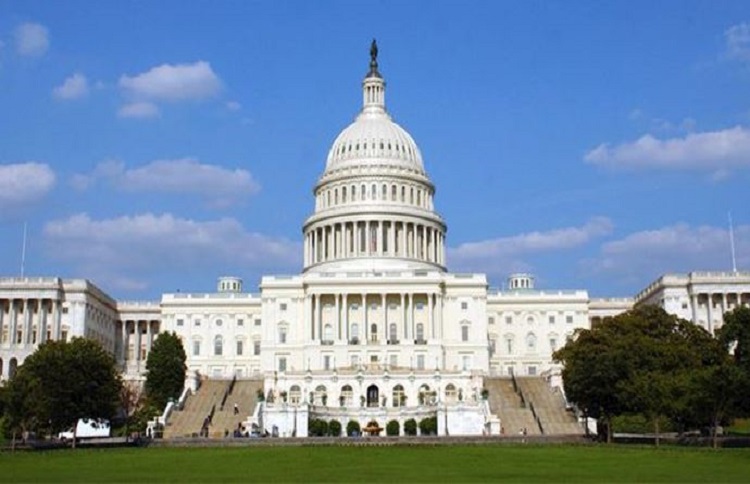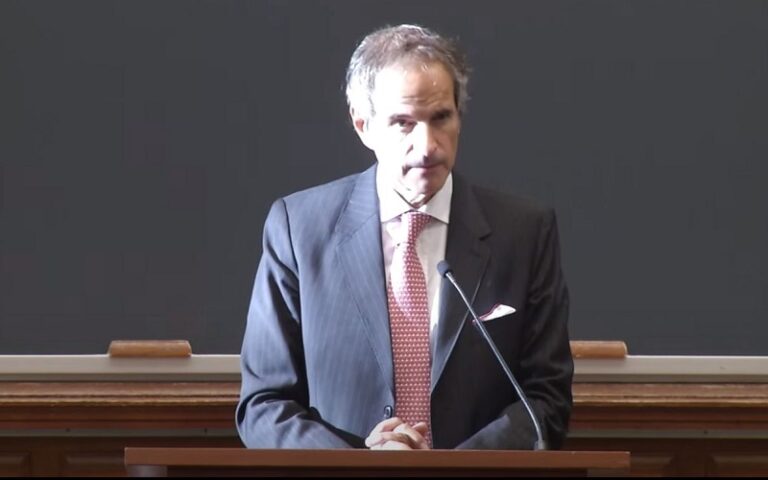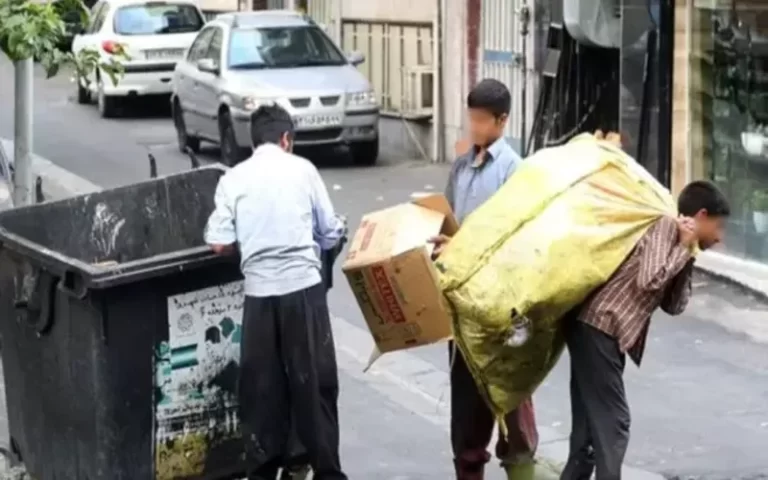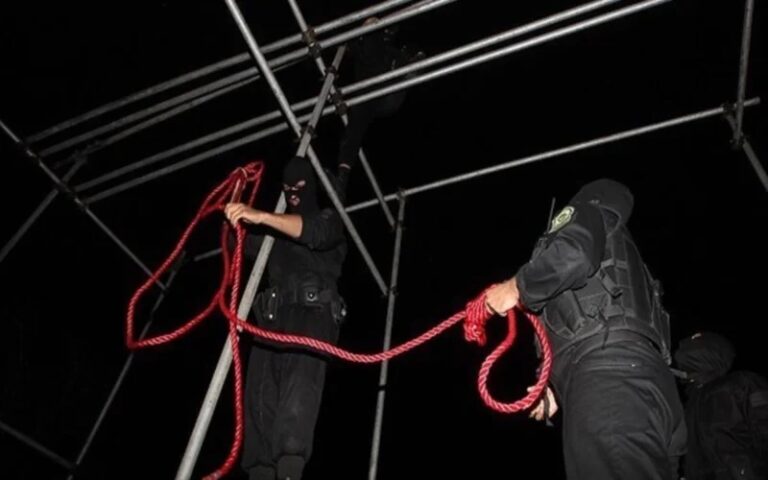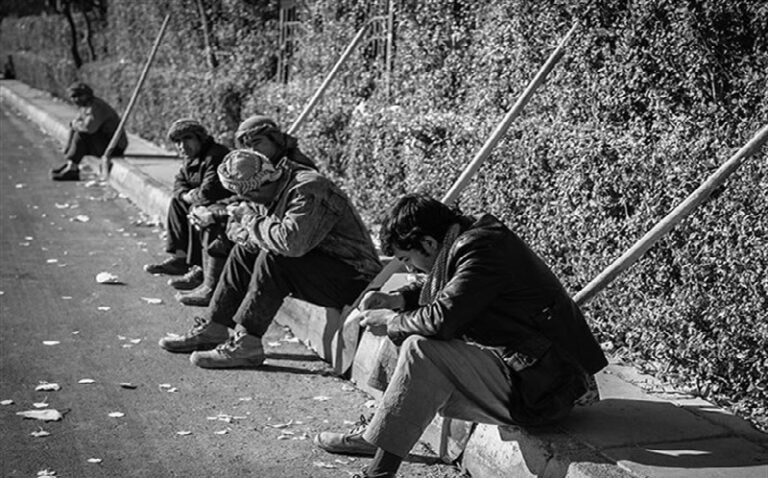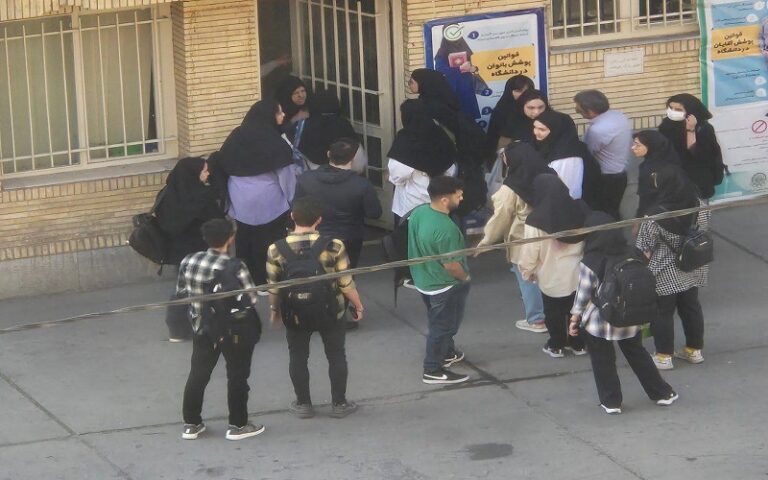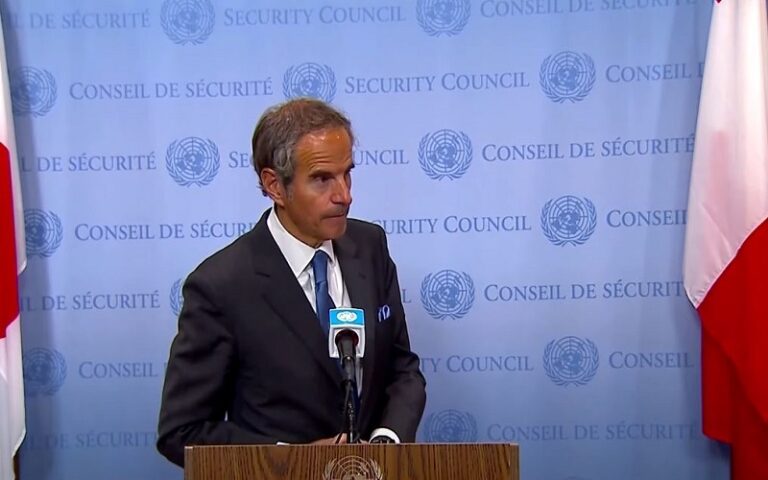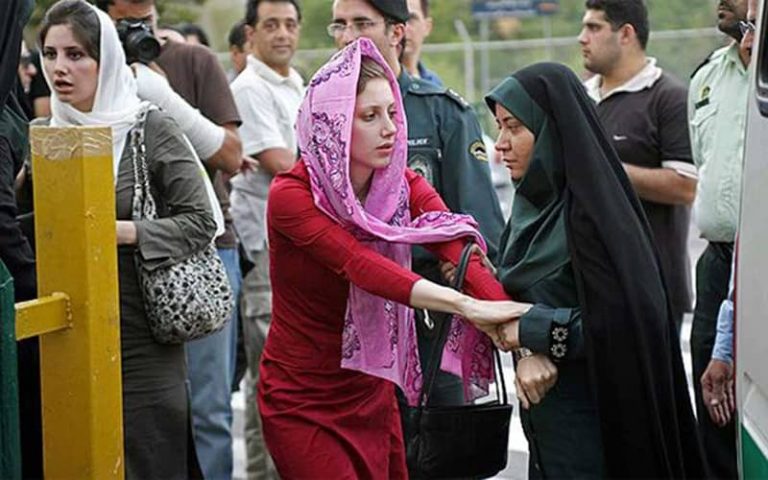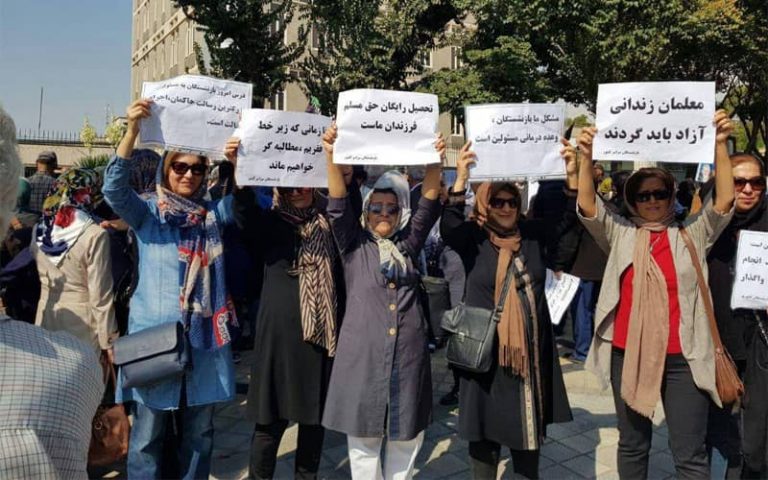In a resolute move showcasing bipartisan unity towards addressing the Iranian regime’s actions, the United States House of Representatives has endorsed the “21st Century Peace Through Strength Act,” spearheaded by Chairman Michael McCaul of the Foreign Affairs Committee. The bill, endorsed with a commanding majority of 361 votes in favor and 57 against, was subsequently passed in the Senate with a vote of 80 to 19.
The “21st Century Peace Through Strength Act” encompasses 15 sections, with a particular focus on countering the malign activities of the Iranian regime. If ratified by the Senate and endorsed by the U.S. President, this legislation will impose legally binding measures aimed at constraining the Iranian regime’s behavior.
-
Stop Harboring Iranian Petroleum Act (SHIP Act):
This bill aims to tighten sanctions targeting entities engaged in the sale and refining of Iranian oil. It seeks to bolster existing sanctions and close loopholes, extending its scope to foreign ports facilitating Iranian oil shipments, refineries processing Iranian oil, and individuals involved in the Iranian oil trade. Sponsored by Michael Lawler, the bill underscores U.S. policy to prevent Iran from engaging in destabilizing activities, supporting terrorism, and acquiring weapons of mass destruction.
-
Fight and Combat Rampant Iranian Missile Exports Act (Fight CRIME Act):
Crafted to curb the Iranian regime’s illicit missile proliferation, this legislation imposes sanctions on individuals and entities involved in Tehran’s missile program. It strengthens international efforts to curb Iran’s ballistic missile ambitions, targeting those complicit in Iranian missile activities. The act emphasizes the urgent extension of missile restrictions outlined in UN Security Council Resolution 2231 and aims to prevent the transfer of weapons and technology to or from Iran.
-
Mahsa Amini Human Rights and Security Accountability Act (MAHSA Act):
This bill introduces severe sanctions against key figures in the Iranian regime, including Supreme Leader Khamenei and President Ebrahim Raisi, for human rights violations and support for terrorism. Sanctioned entities include the Ministry of Intelligence, the Islamic Revolutionary Guard Corps (IRGC), and other affiliated offices. Representative Jim Banks, the bill’s sponsor, highlights Raisi’s involvement in the 1988 Death Commission as a significant reason for his sanctioning.
-
No Technology for Terror Act:
This legislation aims to prevent the transfer of American technology used for repressive purposes to Iran. It imposes restrictions on exports or re-exports of goods and technology, particularly those utilized in missile development or against democratic movements. Representative Nathaniel Moran introduced the bill, emphasizing the importance of curbing Iran’s access to technology used in oppressive practices.
-
Hold Iranian Leaders Accountable Act:
Seeking to enhance transparency regarding the financial assets of Iranian officials and affiliated terrorist groups, this bill strengthens accountability measures against regime leaders. Representative French Hill introduced the bill, emphasizing the need to hold Iranian leaders accountable for their actions.
-
Iran-China Energy Sanctions Act Of 2023:
This bill imposes penalties on foreign financial institutions engaged in significant transactions with Iran’s energy sector, contributing to the regime’s economic isolation. Representative Michael Lawler introduced the legislation, aiming to deter foreign entities from supporting Iran’s energy sector, thereby undermining the regime’s economic stability.
The potential ratification of H.R.8038 and its accompanying amendments heralds a significant shift in the U.S. government’s approach to the Iranian regime, signaling a firm stance against its destabilizing activities and human rights violations.


